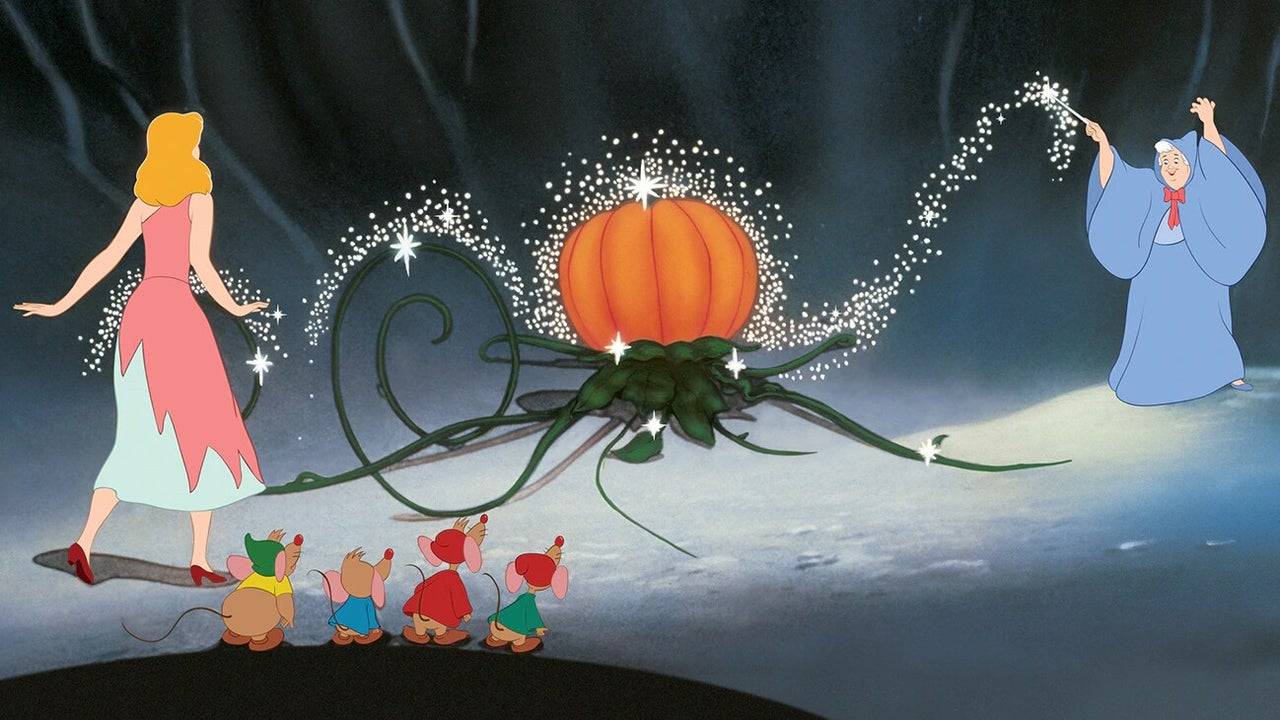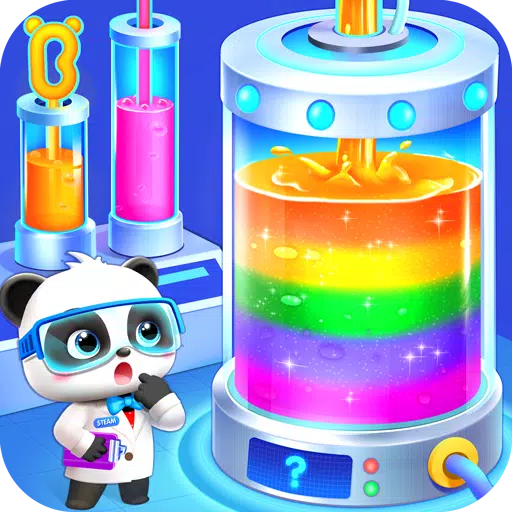Just as Cinderella's dream was set to end at midnight, so too was that of The Walt Disney Company in 1947, burdened by a $4 million debt following the financial flops of Pinocchio, Fantasia, and Bambi, largely due to the impact of World War II and other challenges. However, it was Cinderella and her iconic glass slippers that ultimately saved Disney from an untimely end to its animation legacy.
As Cinderella celebrates its 75th anniversary of its wide release today, March 4, we spoke with several Disney insiders who continue to be inspired by this timeless tale of transformation from rags to riches. The story not only parallels Walt Disney's own journey but also rekindled hope within the company and across a world in the process of rebuilding and seeking inspiration.
The Right Film at the Right Time --------------------------------To understand the significance of Cinderella, we must revisit Disney's pivotal moment in 1937 with Snow White and the Seven Dwarfs. This film's unprecedented success, holding the title of the highest-grossing film until Gone with the Wind overtook it, allowed Disney to establish its Burbank studio, the company's current headquarters, and to pioneer more feature-length animated films.
However, Disney's next venture, 1940's Pinocchio, despite its critical acclaim and Academy Awards for Best Original Score and Best Original Song, incurred a $1 million loss on a $2.6 million budget. This pattern continued with Fantasia and Bambi, which also underperformed. The outbreak of World War II in 1939, with Germany's invasion of Poland, severely impacted Disney's European markets, exacerbating the financial strain.
“Disney's European markets dried up during the war, and the films weren’t being shown there, so releases like Pinocchio and Bambi did not do well,” explained Eric Goldberg, co-director of Pocahontas and lead animator on Aladdin’s Genie. “And before long, Disney was overtaken by the U.S. government to produce training and propaganda films for the Army and Navy. Throughout the 1940s, the studio produced what they called Package Films like Make Mine Music, Fun and Fancy Free, and Melody Time. These projects were excellent, but they lacked a cohesive narrative from start to finish.”

Package Films were compilations of short cartoons assembled into feature-length films. Disney produced six of these between Bambi in 1942 and Cinderella in 1950, including Saludos Amigos and The Three Caballeros, which supported the U.S.'s Good Neighbor Policy to curb the spread of Nazism in South America. While these films managed to recoup their costs and Fun and Fancy Free reduced Disney's debt from $4.2 million to $3 million in 1947, they also hindered the studio's return to full-length animated features.
“I wanted to get back into the feature field,” Walt Disney expressed in 1956, as quoted in The Animated Man: A Life of Walt Disney by Michael Barrier. “But it was a matter of investment and time. A good cartoon feature takes a lot of time and money. My brother [Disney CEO Roy O. Disney] and I had quite a heated discussion… It was one of my big upsets… I said we’re going to either go forward, get back in business, or let’s liquidate or sell out.”
Faced with the possibility of selling his shares and leaving Disney, Walt and Roy chose the riskier path, betting everything on a new animated feature since Bambi in 1942. Failure could have meant the end of Disney's animation studio.
"At this time, Alice in Wonderland, Peter Pan, and Cinderella were all in development, but Cinderella was chosen first due to its similarities to the successful Snow White," noted Tori Cranner, Art Collections Manager at Walt Disney Animation Research Library. "Walt recognized what America needed after the war was hope and joy. While Pinocchio is an incredibly beautiful movie, it's not as joyful as Cinderella. The world needed the idea that we can rise from the ashes and experience something beautiful. Cinderella was the perfect choice for that moment."
Cinderella and Disney’s Rags to Riches Tale
Walt's connection with Cinderella dates back to 1922 when he produced a Cinderella short during his time at Laugh-O-Gram Studios, just before founding Disney with Roy. This short and the subsequent feature were inspired by Charles Perrault’s 1697 version of the tale, which may have originated between 7 BC and AD 23 by the Greek geographer Strabo. It's a timeless story of good versus evil, true love, and dreams coming true that deeply resonated with Walt.

“Snow White was a kind and simple little girl who believed in wishing and waiting for her Prince Charming,” Walt Disney remarked, as seen in footage from Disney’s Cinderella: The Making of a Masterpiece special DVD feature. “On the other hand, Cinderella was more practical. She believed in dreams, but she also believed in taking action. When Prince Charming didn’t come along, she went to the palace and got him herself.”
Cinderella's resilience and determination, despite the mistreatment by her Evil Stepmother and Stepsisters, mirrored Walt's own journey from humble beginnings, marked by numerous setbacks but driven by an unwavering dream and work ethic.
Walt's early attempt to revive the story as a Silly Symphony short in 1933 grew in scope, leading to its transformation into a feature film by 1938. Despite delays due to the war, the project evolved over a decade into the beloved film we cherish today.
Cinderella's success can be attributed to Disney's ability to enhance classic tales with global appeal. “Disney was exceptional at taking these age-old fairytales and adding his unique touch,” said Goldberg. “He infused his taste, entertainment sense, heart, and passion, making the characters and stories even more engaging than the originals. These tales often served as cautionary narratives, but Disney made them universally enjoyable and timeless.”
Disney's adaptations included the addition of Cinderella's animal friends, such as Jaq, Gus, and the birds, who provided comic relief and allowed Cinderella to express her true feelings. The Fairy Godmother, reimagined by animator Milt Kahl as a bumbling, grandmotherly figure, added relatability and charm, culminating in the iconic transformation scene.
The animation of Cinderella's dress transformation, credited as Walt's favorite, was a masterpiece by Disney Legends Marc Davis and George Rowley. “Every sparkle was hand-drawn and painted on every frame,” Cranner marveled. “There’s a perfect moment where the magic holds for a fraction of a second before the dress changes. That brief pause adds to the scene’s enchantment.”
Another Disney addition was the breaking of one glass slipper at the film's end, emphasizing Cinderella's agency and strength. “Cinderella isn’t just a passive character,” Goldberg noted. “When the slipper breaks, she presents the other one she’s been holding onto, showcasing her strength and control over her destiny.”
Cinderella premiered in Boston on February 15, 1950, and had its wide release on March 4, earning $7 million on a $2.2 million budget, making it Disney's most successful film since Snow White. It received three Academy Award nominations and was the sixth-highest grossing film of 1950.
“When Cinderella was released, critics hailed it as a return to form for Walt Disney,” Goldberg recalled. “It was a huge success, and the studio regained its confidence. Following Cinderella, Disney went on to produce classics like Peter Pan, Lady and the Tramp, Sleeping Beauty, 101 Dalmatians, The Jungle Book, and many more, all thanks to Cinderella.”
75 Years Later, Cinderella’s Magic Lives On
Seventy-five years later, Cinderella's legacy continues to grow, influencing Disney and the world at large. Her iconic castle stands as a symbol at Walt Disney World and Tokyo Disneyland, and her influence is evident in modern Disney films.
“When we animated Elsa’s dress transformation in Frozen, we wanted to honor Cinderella’s legacy,” said Becky Bresee, lead animator on Frozen 2 and Wish. “The sparkles and effects around Elsa’s dress pay homage to Cinderella, connecting her to the films that came before.”

Cinderella's impact is also felt through the work of the Nine Old Men and Mary Blair, whose contributions brought the film's characters and visual style to life. As Eric Goldberg aptly summarized, “The big thing about Cinderella is hope. It gives people hope that perseverance and strength can lead to dreams coming true, no matter the era.”















